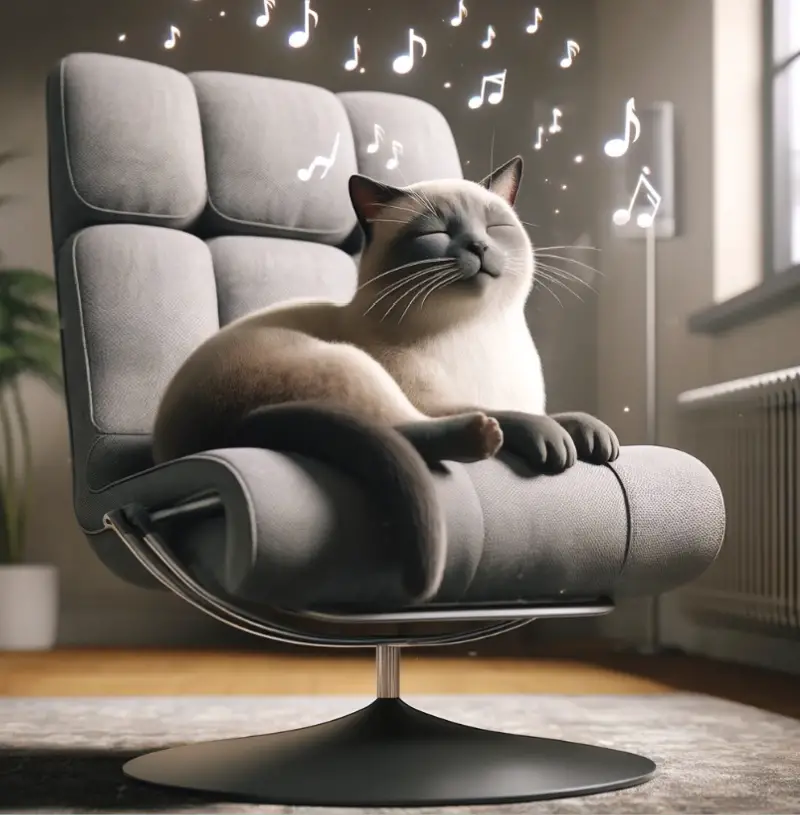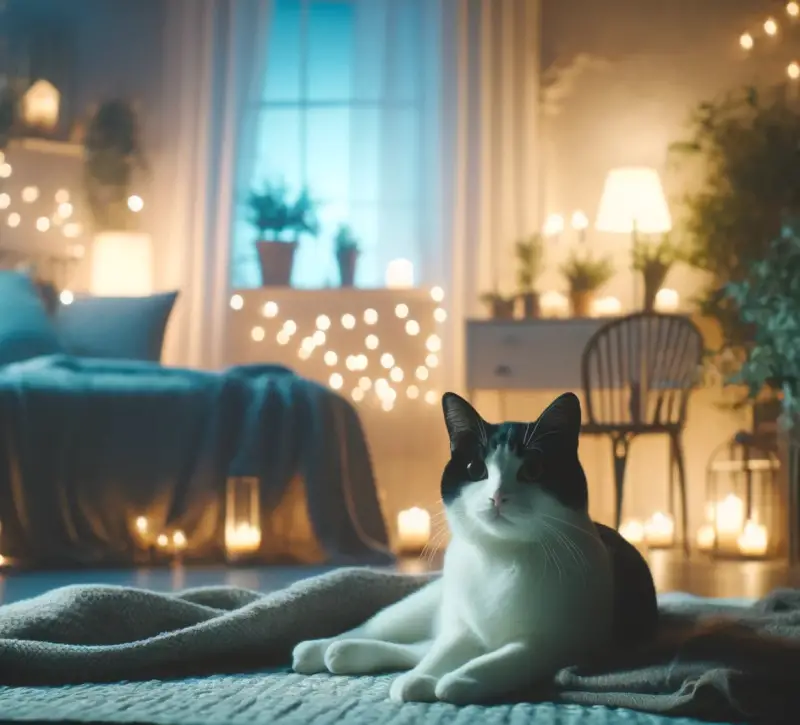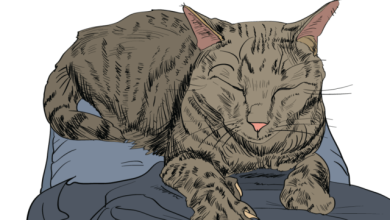
Music is a universal language that resonates with humans across cultures and ages. It evokes emotions, memories, and even physical responses. But what about our feline friends? Do cats like music, and if so, what kinds of music do they prefer? This essay delves into the intriguing relationship between cats and music, exploring scientific studies and anecdotal evidence to shed light on this fascinating subject.

The Nature of Cats and Sound
Cats have highly sensitive hearing, capable of detecting frequencies ranging from 48 Hz to 85 kHz, far beyond the human range of 20 Hz to 20 kHz. This acute sense of hearing aids them in hunting and navigating their environment. Given their sensitivity to sound, it stands to reason that music could have an impact on them, whether positive or negative.
Scientific Studies on Cats and Music
Recent scientific studies have sought to understand how cats respond to music. One notable study conducted by researchers at the University of Wisconsin-Madison and published in the journal Applied Animal Behavior Science in 2015 explored this question. The researchers, led by Charles Snowdon, created music specifically designed for cats. This “cat music” incorporated elements that are believed to be appealing to felines, such as purring and the sound of suckling, which are reminiscent of comforting and nurturing experiences.

The study tested the reactions of 47 domestic cats to both human music and cat-specific music. The results were intriguing: while the cats showed little interest in human music, they responded positively to the music composed for them. The cats were more likely to approach the speaker, rub against it, and even purr when the cat-specific music was played. This suggests that cats do have musical preferences, but these preferences differ significantly from those of humans.
Types of Music That Appeal to Cats
Given the findings of the aforementioned study, it appears that cats prefer music that is tailored to their auditory and emotional sensibilities. The following characteristics seem to be important:
- Familiar Sounds: Music that incorporates sounds familiar to cats, such as purring or the rhythm of their suckling, tends to be more appealing. These sounds are associated with comfort and safety, creating a soothing effect.
- Frequency Range: Since cats can hear higher frequencies than humans, music that includes higher-pitched tones may be more engaging for them. The cat-specific music used in Snowdon’s study featured higher frequencies and tempos similar to those found in cat vocalizations.
- Tempo and Rhythm: The tempo and rhythm of the music are also crucial. Cats seem to prefer rhythms that match their natural purring rate or heartbeat. This rhythmic familiarity can have a calming effect on them.

Anecdotal Evidence and Cat Owners’ Experiences
Beyond scientific studies, many cat owners have shared their observations and experiences regarding their pets’ reactions to music. Some report that their cats appear to enjoy classical music or soft instrumental pieces, often curling up and relaxing when such music is played. Others note that their cats seem to be indifferent or even agitated by certain types of music, particularly those with loud or jarring sounds.
Interestingly, some cat owners have discovered that their pets respond positively to specific genres, such as classical music or even reggae. The calming and consistent rhythms of these genres might be more soothing compared to the unpredictable and dynamic nature of rock or heavy metal music.

Practical Applications and Considerations
Understanding that cats can have musical preferences opens up practical applications for pet owners and veterinarians. Playing cat-specific music in shelters, veterinary clinics, or at home can help reduce stress and anxiety in cats. For instance, during a visit to the vet, playing soothing music might make the experience less traumatic for the cat. Similarly, in multi-cat households or shelters where stress levels can be high, music could serve as a tool to promote a calmer environment.
Here are some suggestions based on the characteristics that seem to appeal to cats:
Cat-Specific Music
- David Teie – Music for Cats
- David Teie, a cellist and composer, created an album specifically for cats. His music incorporates sounds and rhythms that are designed to be appealing to felines. The album “Music for Cats” is a great starting point, featuring tracks like “Rusty’s Ballad” and “Katey’s Waltz.”
Classical Music
- Ludwig van Beethoven – Moonlight Sonata
- Frédéric Chopin – Nocturnes
- Chopin’s Nocturnes are known for their calm and serene quality. The soft piano pieces can create a relaxing atmosphere for cats.
- Johann Sebastian Bach – Air on the G String
- This piece by Bach is gentle and soothing, with a consistent and calming rhythm that may be appreciated by cats.

Ambient Music
- Brian Eno – Ambient 1: Music for Airports
- Brian Eno’s ambient music is designed to create a calming and peaceful environment. “Music for Airports” has a soft, repetitive quality that can be relaxing for both humans and cats.
- Steve Roach – Structures from Silence
- Steve Roach’s ambient album “Structures from Silence” features slow, soothing soundscapes that can help create a tranquil environment for cats.
New Age Music
- Enya – Watermark
- Enya’s music, particularly the album “Watermark,” is known for its relaxing and ethereal quality. Tracks like “Orinoco Flow” and “Storms in Africa” can be calming for cats.
- Deuter – Reiki Hands of Light
- Deuter’s album “Reiki Hands of Light” is designed to promote relaxation and healing. Its gentle melodies and soft instrumentation can be soothing for cats.

Nature Sounds and White Noise
- Nature Sounds for Sleep
- Albums or playlists featuring nature sounds, such as birdsong, rain, or ocean waves, can be relaxing for cats. These sounds are often associated with a peaceful environment.
- White Noise
- Simple white noise, such as the sound of a fan or gentle static, can also be calming for some cats. There are many white noise tracks available on streaming services.
Online Resources and Playlists
- Spotify – “Music for Pets”
- Spotify offers a playlist specifically curated for pets, called “Music for Pets.” It includes a variety of calming tracks designed to reduce anxiety and promote relaxation.
- YouTube – “Relaxing Music for Cats”
- There are numerous YouTube channels and videos dedicated to relaxing music for cats. Searching for “relaxing music for cats” or “calming music for pets” will yield many options.

Experimenting with different types of music can help you find what your cat enjoys the most. Observe their reactions to determine which sounds and rhythms have the most positive impact. Every cat is unique, so what works for one may not work for another. The goal is to create a peaceful and comforting environment that enhances your cat’s well-being.
Conclusion
While cats do not perceive music in the same way humans do, they are capable of responding to sound in ways that suggest they can appreciate certain types of music. Scientific studies indicate that cats prefer music that mimics the sounds and rhythms familiar to them, such as purring and higher-pitched vocalizations. Anecdotal evidence from cat owners further supports the idea that music can influence a cat’s mood and behavior, though preferences can vary from one cat to another. As we continue to explore the complex inner lives of our feline companions, the relationship between cats and music remains a fascinating area of study, offering insights into how we can better understand and care for them.



